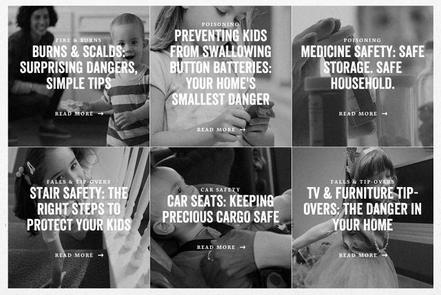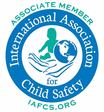Safe Kids Worldwide recently partnered with Nationwide and released a study titled Report to the Nation: Protecting Children in Your Home. In it, there are some startling and important findings that parents and grandparents everywhere need to be aware of, including a critical missing link.
4 Comments
|
About KimberlyKimberly is Meghan's mom and passionate about child and home safety. A mom of 3 and a dynamic and insightful educator, her hope is that no other parent ever know the pain of her loss. Archives
May 2024
Categories |


 RSS Feed
RSS Feed